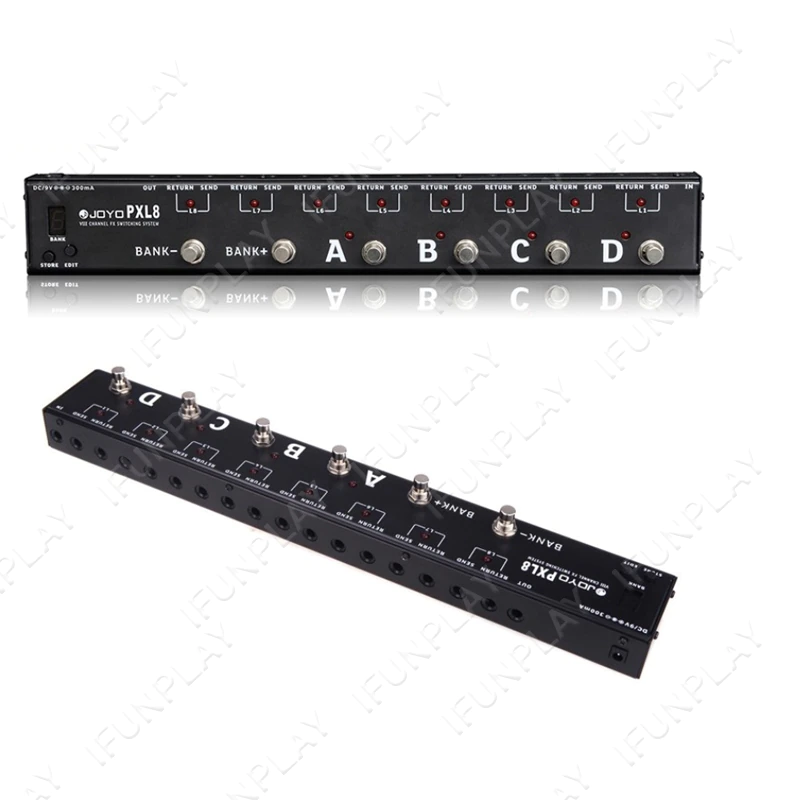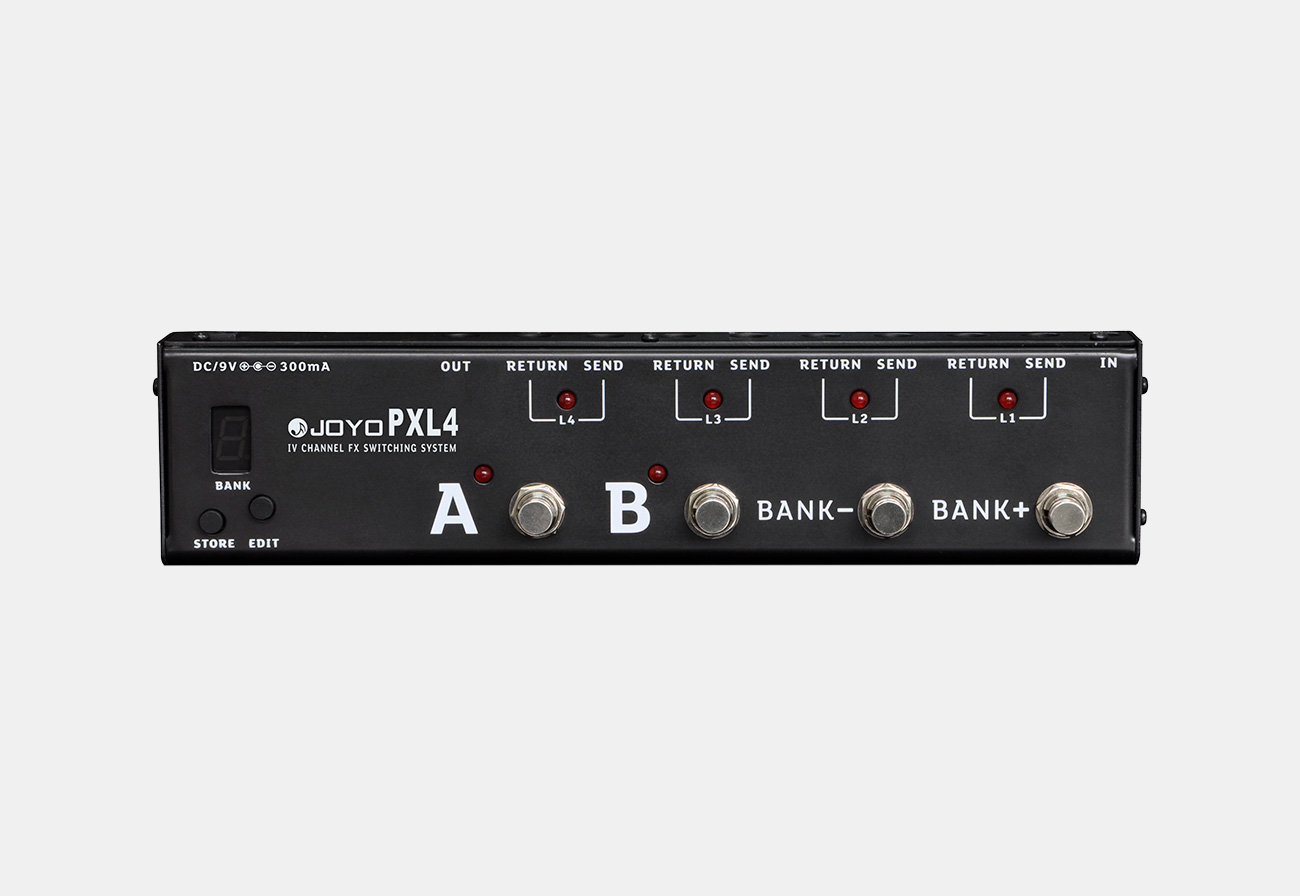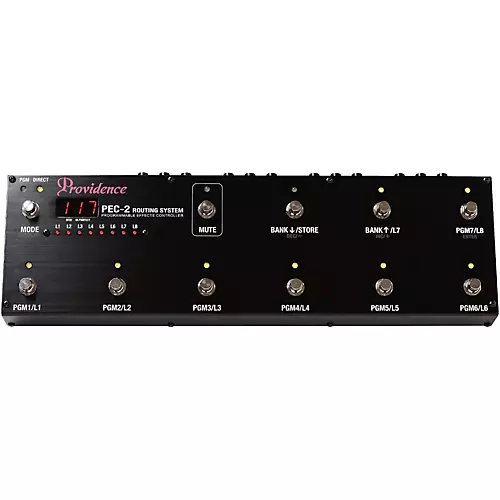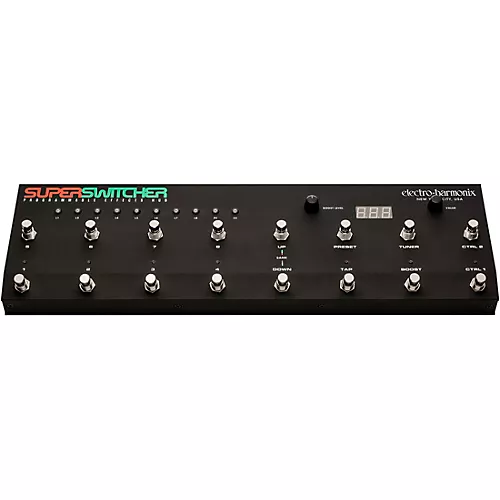Loop Switching and true by-pass
Loop switching can solve many pedal problems. Here we look at the why and the how.
For years I have thought about some way to switch from one sound to another with one press of a button. This came about after listening to Eric Johnson switch from a clean sound to dirty one, then to raunchy, then back to clean. He uses three amps with a couple of A/B switches. Since 3 amps aren’t practical, my goal was to use one amp with 3 different channels or effects loops. I designed the logic back in the ’90s but never built a prototype. I planned on using a logic switching chip coupled with miniature relays. The relays would allow for true bypass. I wanted to be able to, for example, switch from 1 distortion pedal to another. I could have tried an A/B switch but I wanted more variations. I thought of a kitchen blender where when you depress one switch it resets the others. So you can switch from one speed to another without having to switch the first one-off. I wanted the same for my guitar distortion boxes.
I discovered that my idea ( usually the case) was now developed and on the market.
One is the Octobus by Palmer but this sells in the $ 400.00 range.
Another is the Carl martin Octa-Switch which sell in the $ 500.00 range
Then there’s the Rocktron Loop 8 it sells for also $ 400.00
Some of these sell close to $1000.00. If you have money to burn go for it. Burn baby burn!!
The Boss ES-5 is also very expensive
Joyo makes a few in the $200 range.
My idea was to save the cost of buying another amp or two. A few years ago I found the Vitoos VLP-8. These seem to be discontinued but a local music shop had them in the $ 120.00 range. Vitoos seems to only market pedal power supplies and some clone Vox microamps.
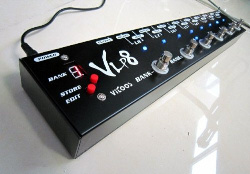
I finally found this one at $ 100.00. It’s made in China ( what isn’t). It is a breeze to program and it does exactly what I wanted. I currently use 3 distortion pedals. If distortion #1 was activated and I wanted to use distortion #2, I would have to De-activate #1 then activate #2, or else both would be activated. With the VLP-8 I simply program a loop to be activated by switch 1 then another for switch 2. When for example loop1 is activated you deactivate by pressing another switch that activates another loop. The only drawback is that the loops are in banks of 4 but you can have 8 banks to go from one bank to another you have to first press the bank switch either up or down. You leave all effects on and since it has true bypassing you only activate what you need. When you press the same loop switch twice it De-activates the loop. This way you can play totally clean with the press of 1 button.
Let me explain why I use 3 distortion pedals. I use an old Boss OD1 for a bit of crunch. I use a Tube Screamer for soloing. I have a Marshall Blues Breaker for the heavier stuff.
Please do not confuse loop switching with Loopers that playback a small recording.
True ( stories) bypass
It always makes me chuckle when I hear guitarists talk about things that they really don’t understand. They know that they need it though.
If you look under the foot rocker of a Boss pedal you will see a switch that resembles a computer keyboard switch. These are momentary switches unlike press on, press off. You press once it latches a circuit. You press again the latch is released. These are electronic switches. They do not physically open and close the circuit like a lever switch. They just put a high resistance so that the signal no longer passes through. Due to this, you are still connected to something which can add an extra load to your signal path.
When you have a true bypass, think of a railway track switch. Your sound is diverted around the pedal and you are no longer connected to its electronics. With an electronic switch, you are still connected to your pedal. The sound takes a path of lesser resistance. So you can lose fidelity. The above Loop switch has a true bypass.


